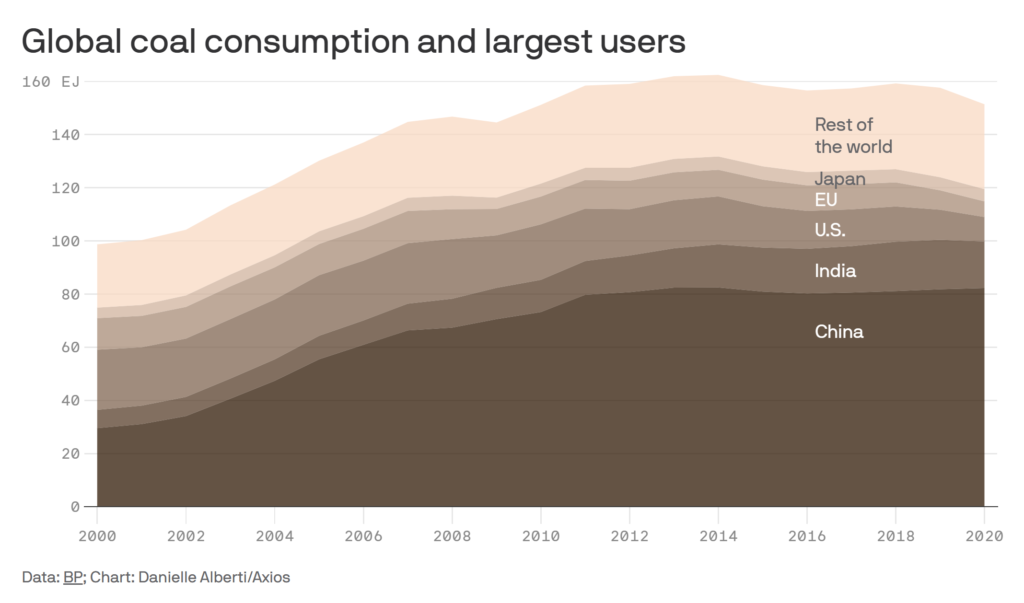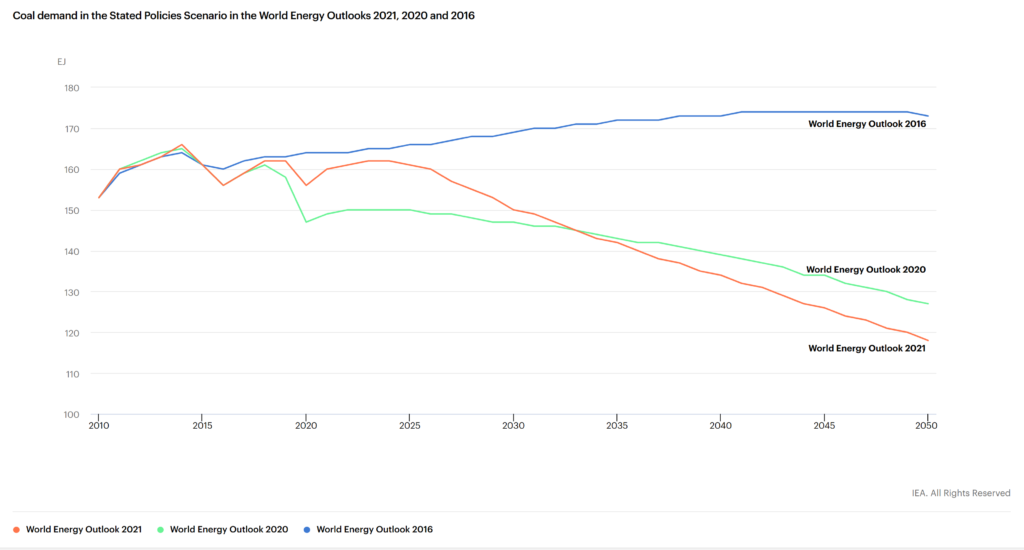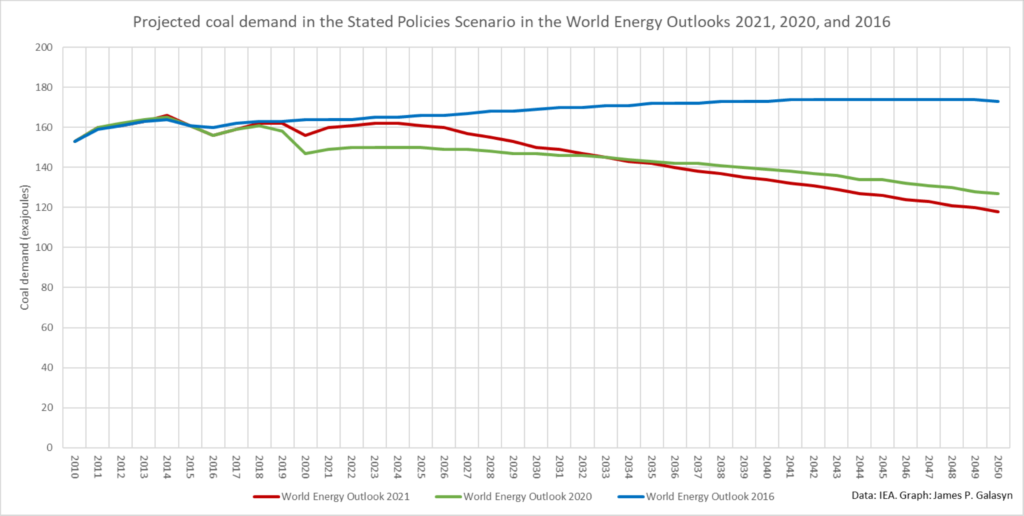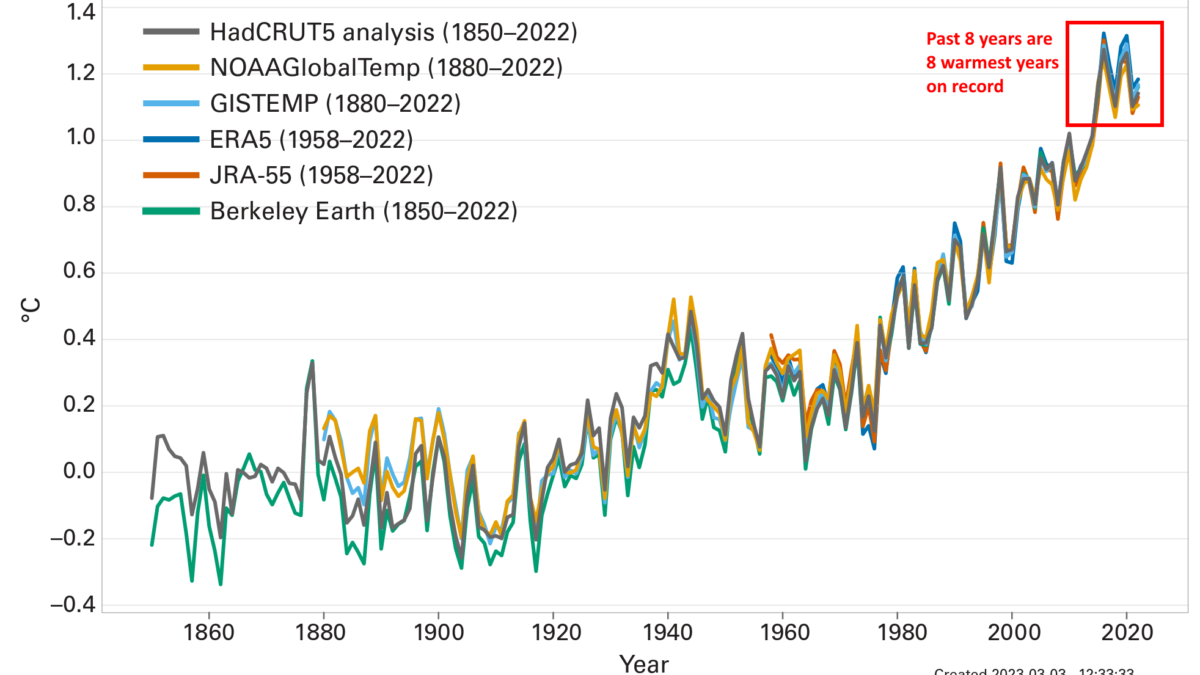After COP26: The long road to phasing down coal – “It is hard to shut down coal facilities because few countries have sufficient spare capacity in their electricity systems to be able to do so”

By Ben Geman
16 November 2021
(Axios) – Let’s leave to history to see whether the COP26 deal to “phase down” coal instead of “phase out” makes any real-world difference, but what’s clear is that any meaningful “phasing” at all is hard.
Why it matters: Coal is the most carbon-intensive fuel. Any pathway to meeting the Paris Agreement goals will require huge reductions in global demand that are nowhere in evidence yet.
The big picture: Global coal consumption fell in 2020 due to the pandemic, but it’s rebounding this year amid the recovery.
- The International Energy Agency’s flagship outlook in October projected that under nations’ existing policies at the time, global demand doesn’t begin falling again for several years.
- Then it declines — but it’s still around 70% of today’s levels in 2050. Compare that to IEA’s roadmap for reaching net-zero global emissions by midcentury, which requires a 55% decline by 2030. […]


What they’re saying: Nikos Tsafos of the Center for Strategic and International Studies has a helpful look at both the challenges and possibilities around accelerating the shift to alternatives.
- I won’t capture it all here, but this section gets to the challenge side of things in emerging economies, where power demand is rising.
- “Even if coal is more expensive to operate than competing sources, and even if it is cheaper to build a new wind farm or solar array than it is to run an existing coal plant, it is hard to shut down coal facilities because few countries have sufficient spare capacity in their electricity systems to be able to do so,” Tsafos said. [more]


